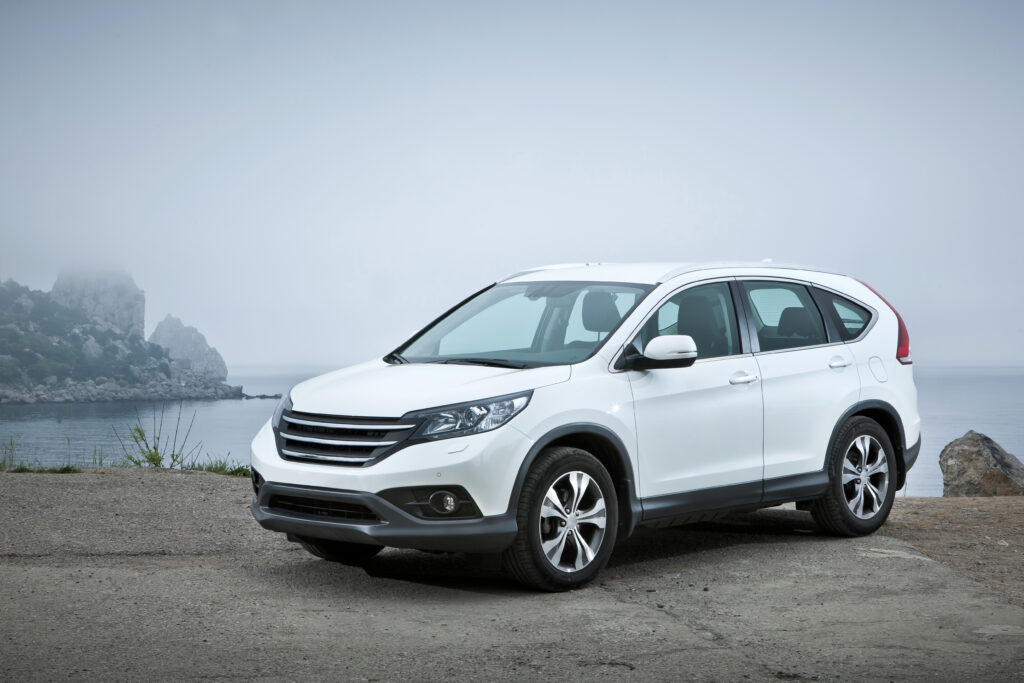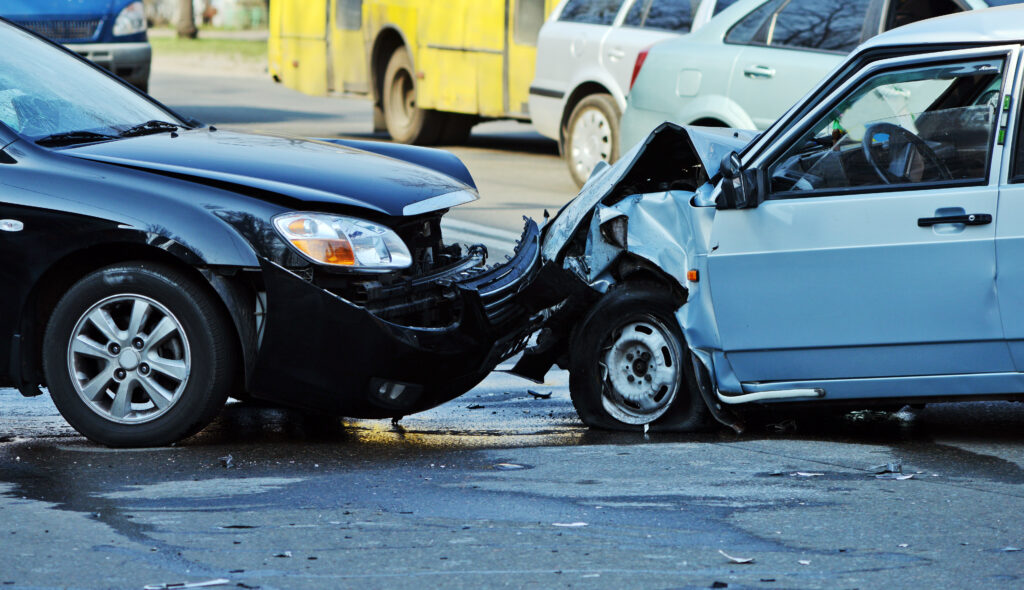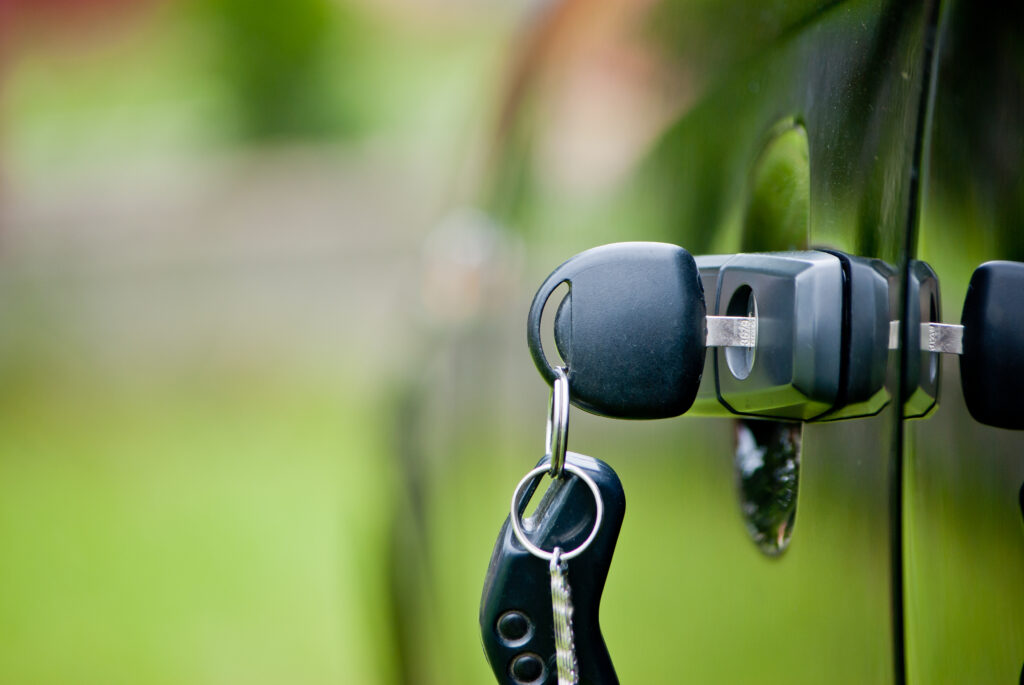Getting car insurance for your vehicle is required whether you are leasing or buying. By law, automobile owners are required to purchase insurance from a third party so that the owner is protected in case of an accident. This process is tricky and in a way, tedious. However, legally you cannot drive your car unless you are covered.
The whole process involves a third party insurance company, your car dealer, and your leasing company. The insurance company needs details on your car and the dealer requires proof that you have insurance to hand the car over to you. Your leasing company will of course want insurance details because they will be taking a risk by approving your lease.
Table of Contents
What You Need to Know About Car Insurance
The tips we are giving you here lets you find out how you can get car insurance. The type of insurance you’re going to need depends on your personal situation. Because you plan on leasing a car, the type of insurance you purchase should be fairly specific. In this article, we are going to cover several insurance scenarios to help you understand the process better.
You probably know a bit about automobile insurance if you’ve owned a car before. You may be familiar with the terms “deductible” and “premium”. But whether you’re a first-time owner or you’ve owned a car in the past, you need to truly grasp and comprehend the various components of a car insurance policy and how to get the best coverage.
In 47 states in the USA, you are required to obtain car insurance. Understanding what the law requires will help you avoid trouble later on. There are additional coverage and packages that you will need to know about to protect yourself in case you get in an accident.
Some things require your attention before you purchase just any type of car insurance. First, your insurance coverage depends on the type of car you will be driving. Your driving record will also be taken into consideration. Lastly, the amount of money you are able to pay for the insurance coverage is also a crucial factor. Getting insurance coverage requires understanding these simple basics. You will feel better about the policy you chose if your decision was based on facts.
What are the types of coverage that insurance companies offer? These insurance policies may cover some of your needs but not all. There are extras you may need to buy. Also, there are some policies that overlap with insurance policies you already have (like health insurance). We will give you an overview of the factors that affects the price of auto insurance. Read on to find out how to lower the costs and how to understand what’s included in your policy.
Types of Coverage for Your Car
Full coverage insurance is what you need if you are going to lease a car. For this, you are going to need proper information and a bit of car knowledge. Basically, you should know the differences between the types of car insurance. Any person who drives a car needs automobile insurance.
The main product you will be purchasing to cover your car is a policy. The components of your policy depend on a variety of factors, including the car model and the kind of coverage you need. A car insurance policy is a package that your agent comes up with and may comprise several different types of coverage.
The various kinds of coverage vary according to the insuring company. Your policy should contain the basic requirements of the state, and some optional coverage that can protect you better.
• Liability coverage -This covers accidental injury and/or property damage you cause others. Accidental injury includes hospital and other medical expenses, suffering, and also lost wages. Property damage comprises the injury to the vehicle and other properties that may have been involved in the accident (like broken fences). Liability coverage should also pay for costs involving attorney services and court proceedings. How much liability coverage you should purchase depends on state laws, but it is still possible for you to obtain more than what the state requires.
• Collision coverage – The insurance company pays for damage to your vehicle. This damage should have resulted from collision with another vehicle or object.
• Comprehensive coverage – In case of theft and/or damage to the car that did not result from collision, this coverage pays for the damage. Damages to your vehicle may include those from natural calamities like fire, wind, hail, and flood, and malicious damage from vandalism or theft.
• Medical coverage – Your medical expenses are covered in case of an automobile accident, regardless of who was at fault.
• Personal Injury Protection (PIP) coverage – This type of coverage is needed in several states. The insurance company pays for medical expenses of the insured driver in case of an automobile accident.
• Uninsured Motorist coverage – The insurance company will shoulder the cost of repairs if the other party involved in the automobile accident doesn’t have liability insurance.
• Underinsured Motorist – The insurance company will shoulder the cost of repairs if the other party involved in the automobile accident has barely sufficient liability insurance.
• Rental Reimbursement coverage – The insurance company will pay damages on a rental car if the car is damaged in the event of an automobile accident. This type of coverage usually involves a daily allowance for the rental car.
An insurance policy comprises a combination of these types of coverage, but not all of these types may be included. The first thing you should do is to know which types of coverage are required by the laws of the state. If you know these, you can already decide what your minimum requirements are when taking on an insurance policy.
However, many car owners learn the hard way that they should go beyond the coverage require by state laws. Your state laws don’t require you to obtain extensive insurance, but you might need the extra coverage later on. You don’t want to be stuck with tons of bill payments because of any accident.
Determine What You Need
After you’ve listed down the types of coverage required by law, you can start exploring other options. The rule of thumb is to obtain coverage for different scenarios that may occur.
Know Which Options Are Available to You
Car insurance options are different and mostly depend on the insurance company you approach. These firms also have different terms for the usual coverage, which you should consider. Some agents may tell you the insurance policy you purchased is enough. However, just because the coverage provided in the policy looks better on paper doesn’t mean you’re sufficiently covered.
Ask your agent to explain the types of coverage included in your policy and if these are enough to get you out of financial trouble in case of an accident.
Also consider the warranty of the car. If the warranty covers little and the terms are too strict, you may have to get better coverage. For example, you can obtain insurance that acts as an extended warranty so that you don’t have to shell out so much money to pay for car parts in case of total damage.
Ask your agent about gap insurance. Because you plan on leasing a car, you should definitely get gap insurance. Gap insurance covers and pays for the difference between what the insurance company will pay and the amount you have to pay your leasing company in case your car is wrecked.
Your State’s Laws
Remember that 47 states in the USA have laws that mandate the purchase of liability insurance. Liability insurance includes the amount of money your insurer pays for injury to people and damage to property. Meaning, you will be paying a certain amount to the other party involved in the vehicle accident and your insurance policy helps you with this expense.
A total of 15 states, including Florida, New York, New Jersey, Michigan, Maryland, and Massachusetts, require drivers of any vehicle to have Personal-Injury-Protection or PIP, which covers hospital bills and lost wages if you ever get into an accident. The minimum insurance you will be purchasing will depend on what’s required to drive a car in your state.
What’s your budget for all this?
Your budget depends on the minimum insurance coverage required by your state’s laws as well as your own preferences.
Shop around for insurance to come up with a ballpark figure of the amount you need to pay monthly. Do some window shopping, starting from a list of legitimate insurers in your area. Obtain quotes from agents, who are always available on websites or in the offices of these insurance companies. Because a car has become a basic human need nowadays, there’s always someone willing to speak with you about car insurance.
Ask for a quote. Most quotes would include the basics, especially liability insurance. This is important because you can be sued and you could lose all of your possessions if the victim of an accident decides to pursue legal action against you. Know which of your assets are vulnerable and arrange to have coverage for these, too. Remember, you can always purchase additional insurance. The bare minimum coverage is often insufficient, as most insurers would tell you. After all, shelling out a few more dollars a month means you’re more protected.
Discuss scenarios with the insurance agent, even the more unlikely ones. Ask questions like “do I have to pay a part of what I owe to the victim or will the insurance cover most of the expense”? There is no such thing as a ridiculous question when it comes to insurance policies. You’ll have a better idea of which types of coverage to include depending on the solutions offered by the agent.
Understand the Role of Your Vehicle in Auto Insurance
The best question to ask yourself would be: can I afford to replace my car if it got seriously damaged? Most drivers would say they can’t afford the expense, which means getting coverage for collisions is a must. Some insurance policies include a package of collision and comprehensive coverage. Know the value of your car to really make an informed decision and to prevent agents from taking advantage of you. Guidelines in car magazines usually tell you which cars are worth more than others. Paying an extra amount to protect a valuable car can be worth it. Ideally, your insurer must be the one to replace your car in case of a serious accident.
Other Types of Coverage and Overlaps
There may be overlaps in insurance coverage that you have to know about. Health insurance, for example, may overlap with some aspects of your insurance policy. In some cases, homeowner insurance may also overlap with accident insurance for your car. A comprehensive insurance coverage for health may have the same stipulations as those in PIP or personal injury protection coverage. Knowing all these could mean a lot of savings because you won’t be purchasing unnecessary insurance coverage. Evaluate potential policies that have overlaps.
A car insurance involves packages that tell of the risks you anticipate for yourself and your vehicle. If you plan on getting an older model car, or if you want to insure a car that is almost a decade old, buying collision insurance would not make sense because the cost of replacing your car (with the same model) would be a lot cheaper.
Here’s another scenario. Fixing a muscle car may be more expensive than buying parts for an older, more readily available model, so make sure you consider the value of your vehicle. A devalued car sometimes requires little or no collision coverage simply because you can afford the repairs. If your car is old and devalued, convincing your insurance company to pay a high amount in case of an accident may be difficult because the amount you spent when you purchased the car may be much higher than its current value. In this case, you only need the liability insurance coverage, and you can forego the collision coverage.
Think about how much money you can shell out to fix your car when you sit down with your agent and discuss auto insurance. Getting insurance coverage does not need to be complicated, but a lot of research will save you precious dollars.
Terms to Learn
When you talk to your agent, he or she may mention some terms that are particular to the field of car insurance or insurance in general. Some terms you need to remember are as follows:
• Deductible is simply the amount you should pay out before the insuring company expends money to cover the remaining amount covered by your policy. Policy limits are always considered when computing the deductible.
• In a nutshell, a deductible is the amount you are able to pay in case of an accident, or the amount you shoulder. The insurance company deducts this amount from the final computation that covers the damages.
• Again, considering the age and value of your car is key to choosing an amount for your deductible. If your car is worth less than 2,000 USD, your deductible value can be based on this amount. Your insurer may argue if your chosen deductible is high because, in this case, a 1,000 USD deductible is almost enough to buy a car of the same model.
• Multiple insurance discount. Another thing you should know or ask about is multi-car discount, which is available from some insurers. You can insure two or more vehicles under one policy and get a lower price for the entire policy.
• No-Fault coverage. In some states, laws are in place to help victims of accidents collect money for hospital bills directly from insurance firms whether or not they were at fault in the accident.
• Personal Car Insurance Policy is the most popular type of policy nowadays and includes liability, hospital bills, uninsured and/or underinsured motorist insurance coverage, and physical injury protection.
• The duration of time when a policy is protecting you is called a “term.” Your “usage” indicates whether the car is meant for personal or business purposes. If you use your car to go to your workplace, the “usage” of your car is mainly for commuting.
• Some insurance vendors are more accommodating when it comes to monthly payment and premium computations. There are so many companies to choose from and this can confuse you. To keep it simple, you only need to remember a few things. The policy should cover expenses in case your car is stolen or vandalized, or if you accidentally crash your car into another vehicle.
• The more responsibility your insurer is willing to take on, the higher your monthly payments will be.
Remember, you’re taking a risk by choosing a particular insurance company, and the same company is also taking a risk by agreeing to insure your vehicle.





